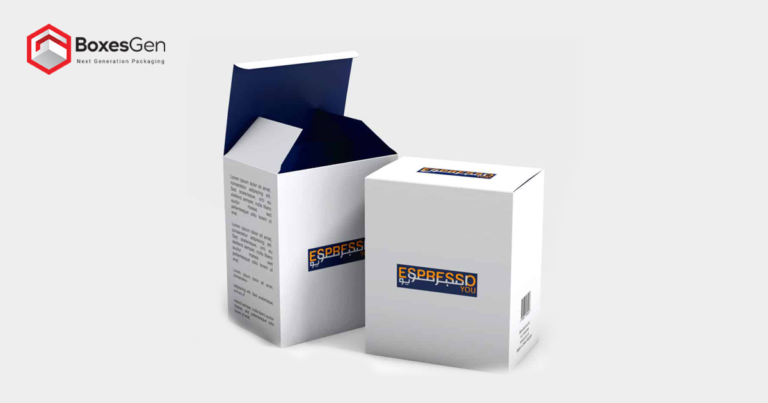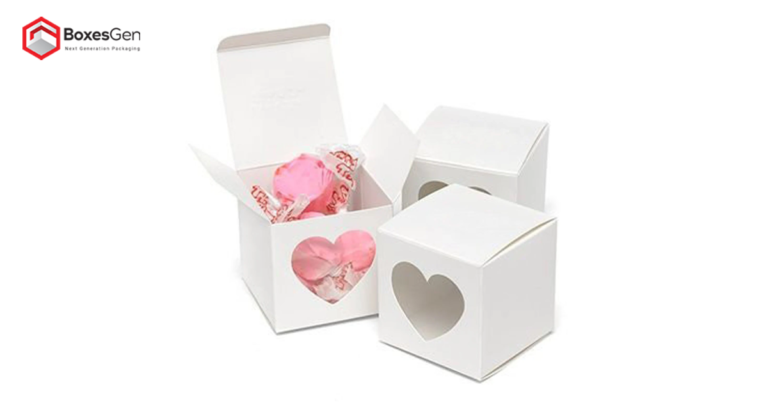Tin packaging is popular for many products. It offers durability, protection, and a classic look. But what exactly is tin packaging made of? This article will explore the materials used in tin packaging and their benefits.
Understanding Tin Packaging
Tin packaging refers to containers made primarily from tinplate or tin-free steel. These materials provide strength and versatility. Tin containers are widely used for food, beverages, cosmetics, and more. Their ability to seal tightly helps preserve the contents inside.
What is Tinplate?
Tinplate is a thin steel sheet coated with tin. The coating protects the steel from rust and corrosion. This combination of materials provides strength and durability. Tinplate is easy to work with, making it suitable for various shapes and sizes.
The Process of Making Tinplate
The production of tinplate involves several steps. First, steel sheets are rolled out to a desired thickness. Then, they undergo a process called electrolytic tinning. This process coats the steel with a thin layer of tin. Finally, the sheets are cut and formed into containers.
Benefits of Tinplate
Tinplate offers several advantages. It is lightweight yet strong, making it easy to transport. The tin coating prevents corrosion, ensuring products stay fresh longer. Additionally, tinplate is recyclable, making it an environmentally friendly choice.
What is Tin-Free Steel?
Tin-free steel is another material used in tin packaging. It is made from a steel base without the tin coating. Instead, a layer of organic or inorganic coating protects it. This material is often used in food packaging.
Advantages of Tin-Free Steel
Tin-free steel has its own set of benefits. It is usually less expensive than tinplate. The coating can also provide excellent barrier properties. This means it can keep out moisture, oxygen, and light. These qualities help maintain product freshness.
Common Applications of Tin Packaging
Tin packaging is versatile and used in many industries. Here are some common applications:
Food and Beverage Containers
One of the most common uses for tin packaging is in food and beverages. Canned foods, such as vegetables and fruits, are often packed in tinplate cans. These cans keep food fresh and safe for long periods.
Cosmetics and Personal Care Products
Tin packaging is also popular in cosmetics. Creams, lotions, and lip balms are often sold in tin containers. These containers not only protect the product but also add a touch of elegance.
Gift and Specialty Items
Many businesses use tin packaging for gift items. Custom tin boxes can hold chocolates, candies, or other treats. Their attractive design makes them perfect for gifting.
Customizing Tin Packaging
Customization plays a significant role in tin packaging. Companies can design tins that fit their brand image. They can choose sizes, shapes, and colors that attract customers. Custom printing can also add a unique touch.
Why Customize Tin Packaging?
Customizing tin packaging offers several advantages. It helps brands stand out in a crowded market. Unique designs attract attention and can lead to increased sales. Customization also allows for branding opportunities.
Types of Customization Options
Businesses can choose from various customization options. These include:
- Shape and Size: Tins can be made in different shapes and sizes. This allows for creative packaging solutions.
- Colors and Finishes: Custom colors and finishes can enhance the visual appeal of the packaging.
- Printing and Graphics: Companies can print their logos or designs directly onto the tins. This creates a professional look and reinforces brand identity.
Sustainability in Tin Packaging
Sustainability is an essential factor in today’s packaging industry. Tin packaging is a sustainable option for several reasons.
Recyclability
Both tinplate and tin-free steel are highly recyclable. Consumers can recycle used tins, reducing waste. This makes tin packaging a more environmentally friendly choice.
Reduced Carbon Footprint
The production process for tin packaging has a lower carbon footprint than many other materials. Companies can also use recycled steel to create new tin products. This further reduces the environmental impact.
Conclusion
Tin packaging is made from materials like tinplate and tin-free steel. Each material has its unique benefits. Tinplate offers strength and corrosion resistance, while tin-free steel is often more affordable. Customization allows brands to create attractive packaging that stands out. With its recyclable nature, tin packaging is also a sustainable choice for companies.
Investing in tin packaging not only enhances product presentation but also helps the environment. As businesses look for ways to differentiate themselves, tin packaging offers a versatile solution.






[…] https://kataberita.net/what-material-is-used-for-tin-packaging/ […]